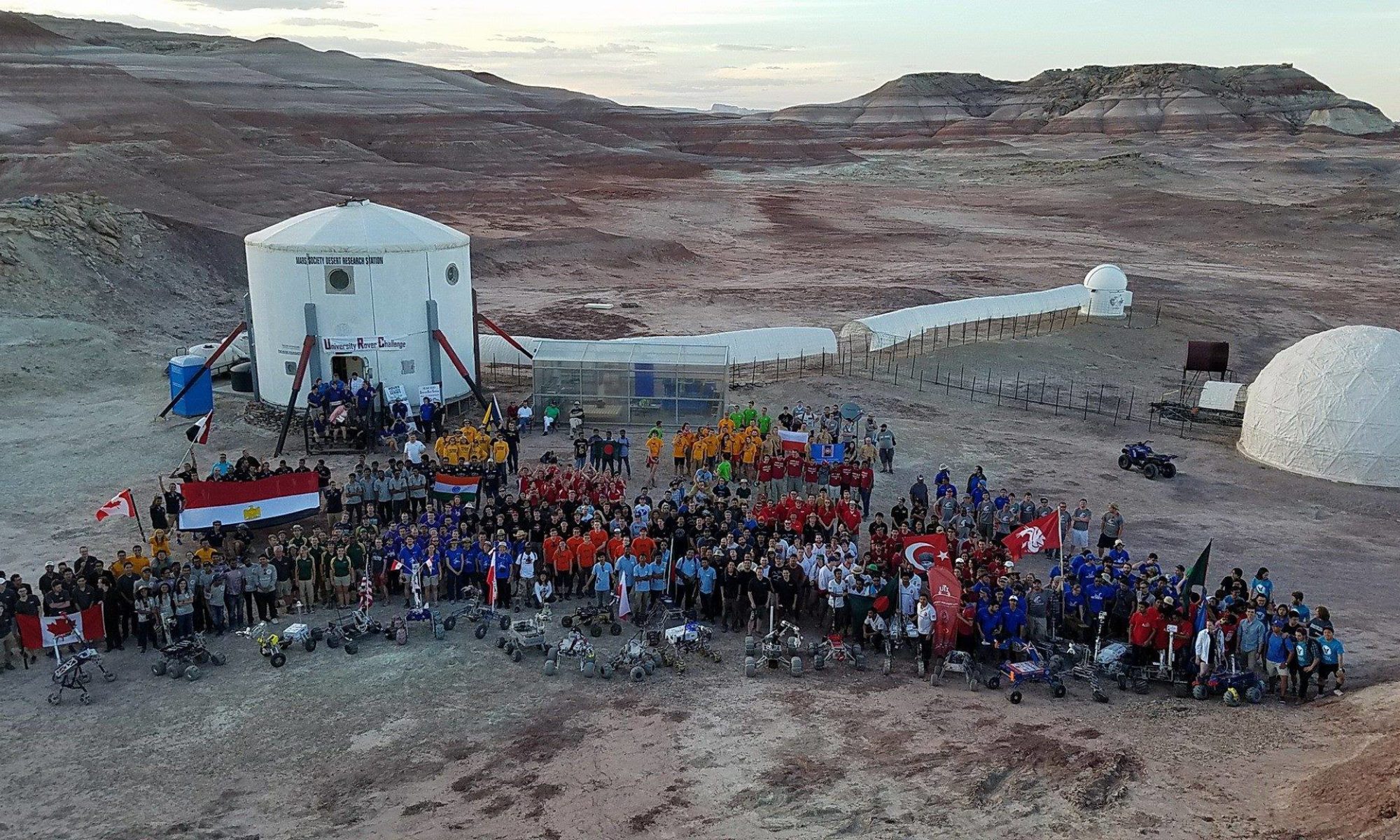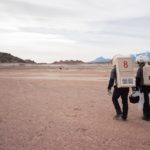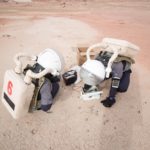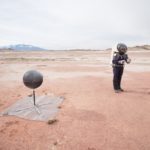Journalist report – Sol 07
Prepared by : Alexandre Martin (Crew Journalist) – 25 feb 2018
Here is my report of the day
Best regards.
Journalist report, 02/25/18: First day off / Special edition 1: About the LOAC
On day off for the entire team today: no sport or EVA, yet we remain on simulation, and everyone did work a bit on their experiments or on other tasks. Benoît, Laurent and I helped Jérémy transplant carrots in new pots, while Louis finished his work on our encouragements video for our schoolmates preparing their apparition in famous French show “Questions pour un champion”. The rest of the day has been a complete break for the team, before the beginning of our second week of mission: Jérémy and Gabriel have had the luxury to take their first shower today, whereas Laurent and Benoît already took one. Only Louis, Victoria and I still did not have that opportunity. But that does not imply that we are covered by dirt! We indeed wash ourselves daily with disinfecting wipes, which is nonetheless an appreciated comfort.
As I do not have so much more to tell about the crew today, I will explain the purpose of the experience hidden behind the strange name LOAC, as this name has already been quoted several times in my reports. The Light Optical Aerosol Counter (LOAC) is used to measure the air’s concentration in aerosols, which are fine particles in suspension. It gives the size distribution of these particles as well as an indication of their typology (carbon, minerals, salt, liquid, etc.). The purpose of this experiment is to use the instrument in different conditions to get new measurements and analyze their meaning. Two types of measurements will be harvested : outdoor ones, to get information about the airborne dust, and indoor ones, to see how the air quality of a confined space changes according to the activities crew members are having (cooking, changes between day and night, particles brought back from EVA, etc.).
Such particles have indeed an important impact on a planet’s atmosphere, mainly on its climate, but also on human health, the most obvious example being carbon particles, which can stick to lungs and cause severe damages. We have still a lot to learn about Martian atmosphere, its composition and chemistry. This type of instrument has indeed never been used in any space mission before; it would thus give unprecedented science results on another planet’s atmosphere! It is also a great tool to control air quality in a confined space, because of its small size and low consumption as well as the precision of its measurements. Considering a long term space mission, this is an important factor that needs to be controlled; it could prevent disastrous catastrophes and allow a full-time survey of air quality. As you already know if you read some of my reports, we had lots of difficulties in deploying the LOAC, mainly because of its alimentation, yet it is now fully functional!
We would like to thank Jean-Baptiste Renard, research supervisor at CNRS (French main scientific research center) and developer of the LOAC, for having accepted to lend us this instrument, and for his trust in us for its use.
Alexandre Martin, Crew 189 Journalist, with the help of Jérémy Auclair, Crew 189 GreenHab officer, in charge of the LOAC experiment.







You must be logged in to post a comment.